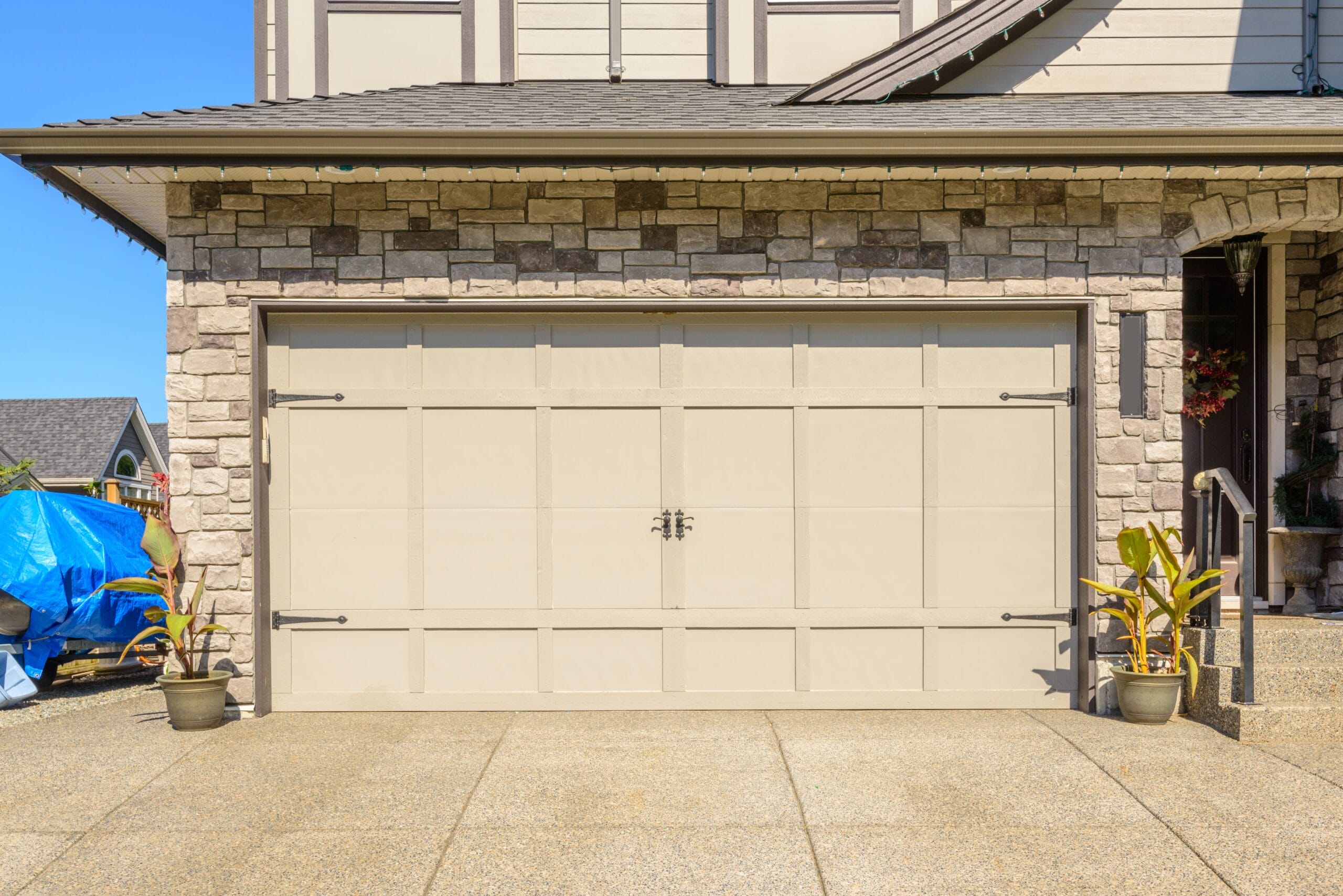Introduction to Garage Door Maintenance
Keeping your garage door in great condition is key to ensuring long-term performance and safety. A consistent maintenance routine—including cleaning, lubrication, and safety checks—extends the life of your door and prevents costly repairs. Plus, a well-kept garage door enhances your home’s overall appearance.
Why Regular Maintenance Matters
Routine upkeep keeps your garage door operating smoothly and reduces the risk of mechanical failures. This is especially important in colder climates, where freezing temperatures can interfere with components. Regular maintenance also improves energy efficiency and ensures user safety in both residential and commercial settings.
Maintenance Timing and Frequency
Ideally, you should maintain your garage door twice a year—in spring and fall. These key times help prepare the door for seasonal changes like heavy rain or winter frost. For high-traffic garages, such as those used daily for multiple vehicles, more frequent checks are recommended.
Step 1: Cleaning the Garage Door
Thorough cleaning helps maintain the door’s finish and prevents material deterioration.
How to Clean Effectively
Start by rinsing the door with a garden hose to remove surface dust and dirt. Follow with a mild soap or a car-wash-style cleaner for a deeper clean. Once a year, apply automotive wax to protect the surface from moisture and rust.
Recommended Products
Use non-abrasive cleaners to protect the paint and weatherstripping. Avoid using products like WD-40 on the door surface—they’re better suited for hardware lubrication.
Step 2: Lubricating the Components
Lubrication is essential for quiet, smooth operation.
Key Parts to Lubricate
Focus on rollers, hinges, springs, and weather seals. These parts are subject to frequent use and can wear out if neglected.
Recommended Lubricants
For metal parts, use a silicone- or lithium-based lubricant. For weather seals, choose products designed to maintain flexibility despite temperature fluctuations.
Step 3: Safety Inspections
Safety should be a top priority when maintaining your garage door. Run regular checks on built-in safety features.
Automatic Reversal Test
Place an object in the door’s path while closing. The door should reverse immediately. If it doesn’t, call a professional for inspection.
Photo Sensor Alignment
Ensure the photo sensors are properly aligned and free of dirt or debris. These prevent the door from closing if an object is detected in its path.
When to Call a Professional
Some tasks—like adjusting the springs or fixing opener motors—require specialized knowledge. Schedule an annual inspection with a professional to ensure everything is functioning correctly. They can also offer advice on upgrades and modern technologies for your garage system.
Conclusion: Maintain for Longevity
Diligent garage door maintenance boosts durability and safety while helping you avoid future repairs. A simple, regular care routine like the one outlined in this guide saves time and money in the long run. It also helps preserve the style and value of your home. For more complex issues, rely on a qualified expert to ensure a long-lasting and professional result.
